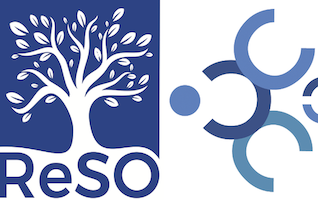Scientific scopeResearch on lexical competence and knowledge relative to the words of the language or the languages mastered by the speaker, to which we refer to with the term mental lexicon, as well as the way in which it relates to grammar, has been undergoing major change during the last decades. The distinction (Kiparsky 1982; Lieber 1982) between the “permanent” lexicon, where lemmas/lexical units without internal structure are represented and the “dynamic” lexicon, where the morphological processes take place (derivation, inflection, compounding) has given way to a new approach. In this approach, processes are not isolated with respect to the materials on which they operate, and grammar (and/or morphology) works in parallel with syntax (e.g., Booij 2003). Although progress in the domain is widely admitted, we should underline a certain dissymmetry between the huge amount of data concerning certain languages versus the limited quantity of data relative to other languages. Variability in typological terms, speakers’ profile, and conditions of acquisition/learning/ discourse, constitutes beyond any doubt a richness. However, it is not devoid of pitfalls, especially when it comes to describe the lexicon and grammar of a given language; or when the aim is to collect, analyse and interpret linguistic data, supposedly objective and sound. Consider for instance on-line studies using experimental techniques (e.g., protocols tapping into morphological processing): a quick review of the domain demonstrates that homogeneity in terms of speakers’ profile and competence is necessary to obtain results susceptible to be statistically validated and lead to conclusions. This kind of question becomes more complex when the language system operates in parallel in two languages, a fortiori when these present differences in terms of typology and use. Common research practices have also contributed to an over-representation of certain languages, among which English, and eventually established implicit norms regarding quantitative but also qualitative data. This leads to an under-representation and even a form of ostracism of language facts that do not necessarily conform to the norm. Yet, data from languages not commonly studied could reveal to be crucial to progress both in theoretical terms as well as in terms of application in concrete situations of acquisition and learning. Finally, views, definitions, descriptions and theoretical approaches to lexicon and grammar are not independent of longstanding linguistic, philological, philosophical, and scientific traditions. Distinctions such as the oral - written language, language levels, the specialised versus general lexicon greatly impact language representations, as well as the way in which a language fact is characterised and taught. The coexistence of different varieties, such as demotic and pure (katharevousa) language in Greek, or standard Chinese and Sinitic languages, undoubtedly influence the speaker’s perception of her/his own competence and of her/his (possible) plurilingualism. The study of “internal plurilingualism” is likely to broaden system description as well as the possibilities regarding representation, application, and modelling. We welcome submissions related to (but not restricted to) the following topics:
Submitted papers can concern any level of analysis (phonology, semantics, morphology, syntax) and their interfaces, as well as any domain related to language studies (sociolinguistics, neurolinguistics, psycholinguistics, philosophy, etc.). |


